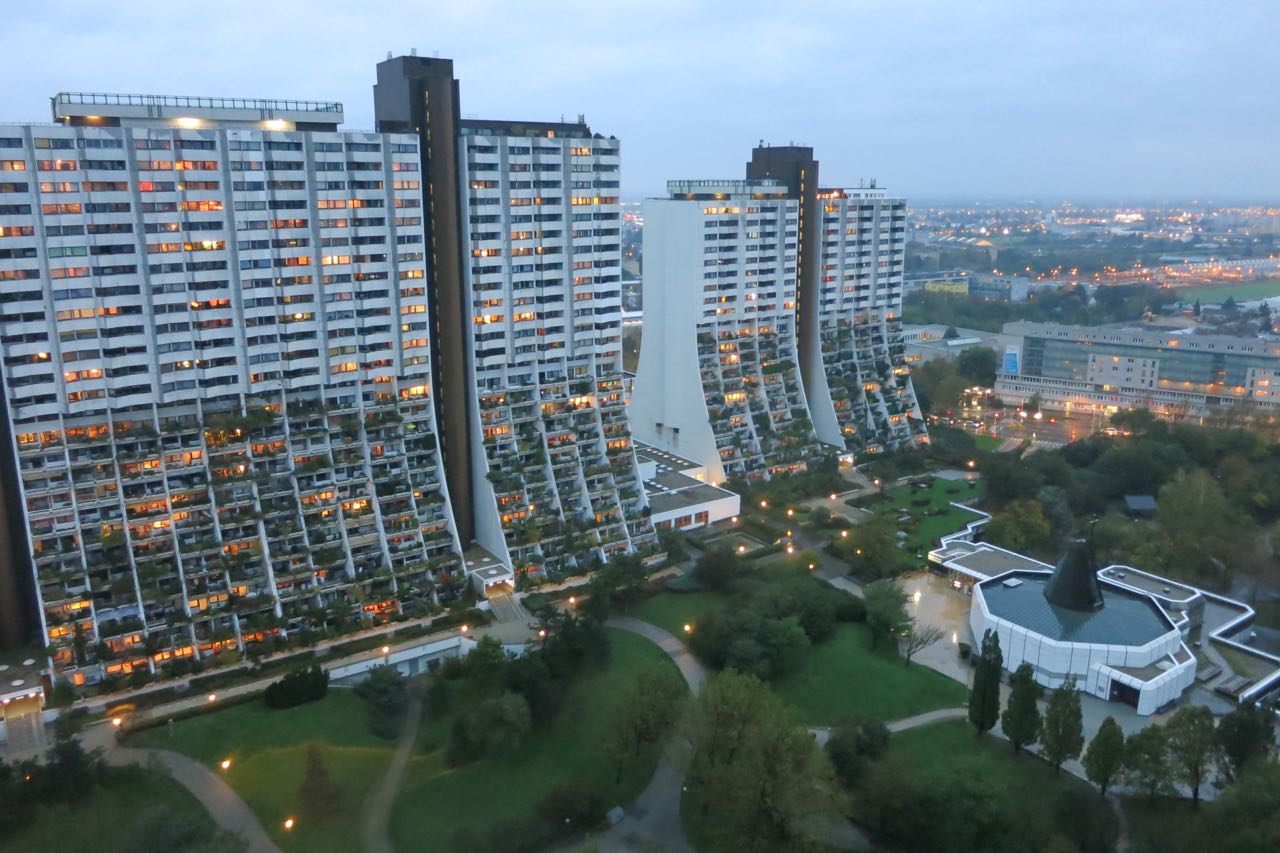FROM URBAN GREEN TO GLOBAL RESPONSIBILITY – Harry Glück and his green residential complexes
Helga Fassbinder


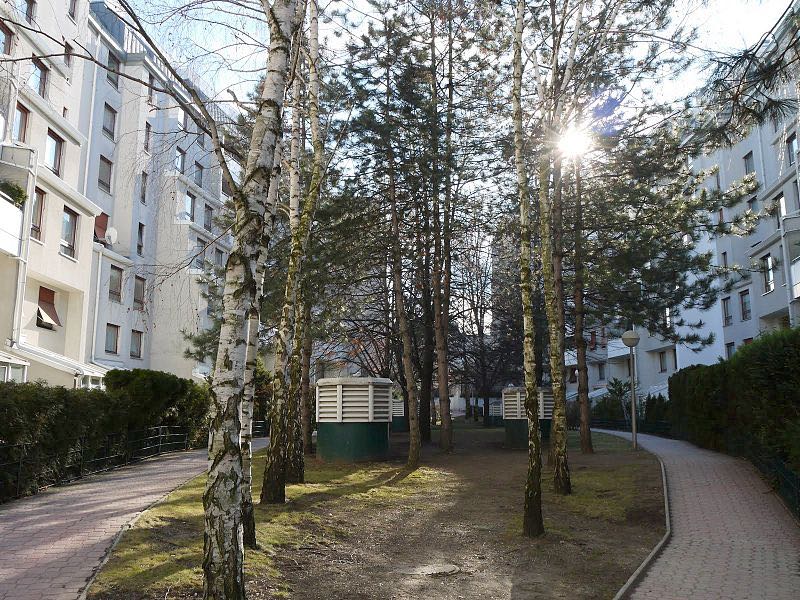
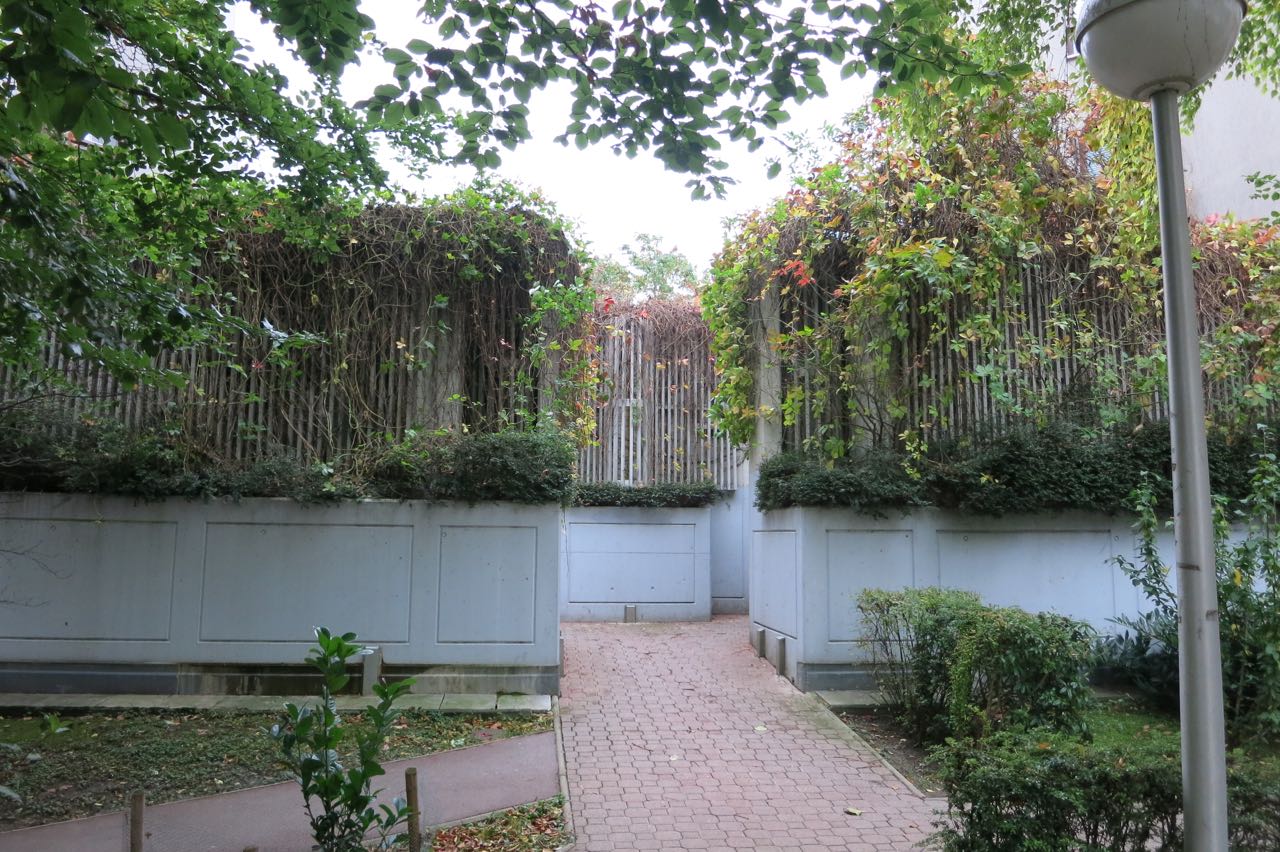

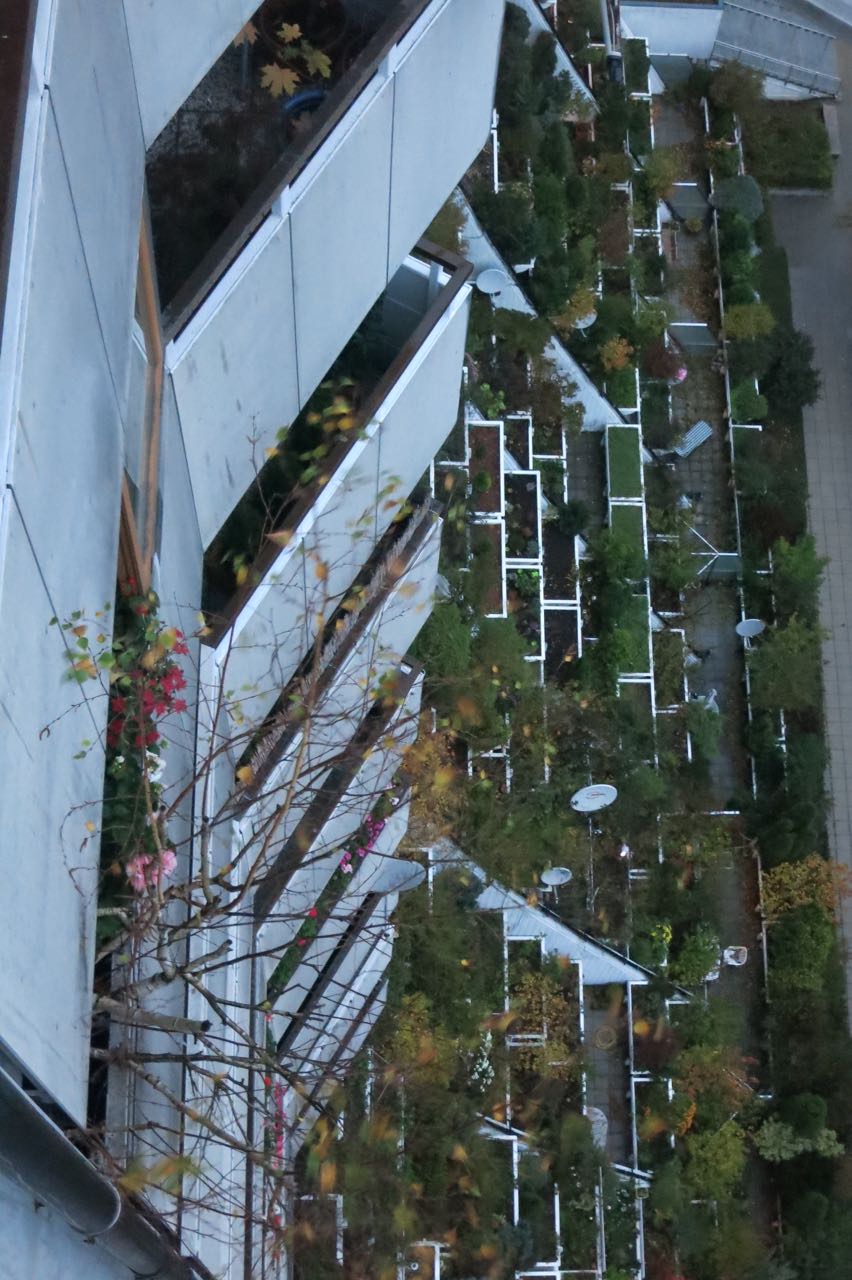


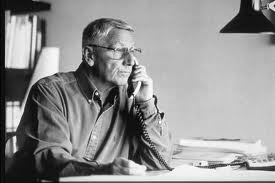

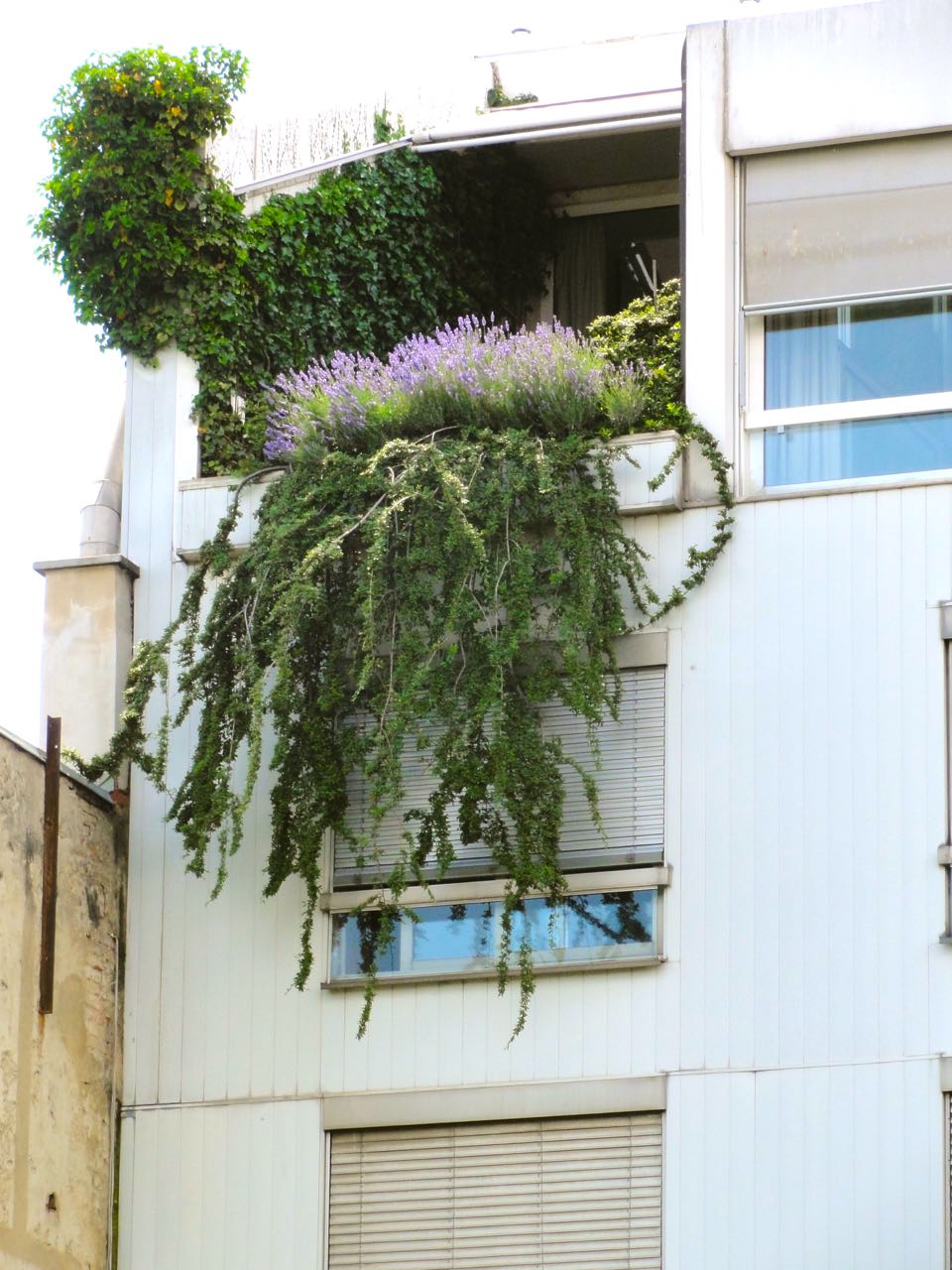


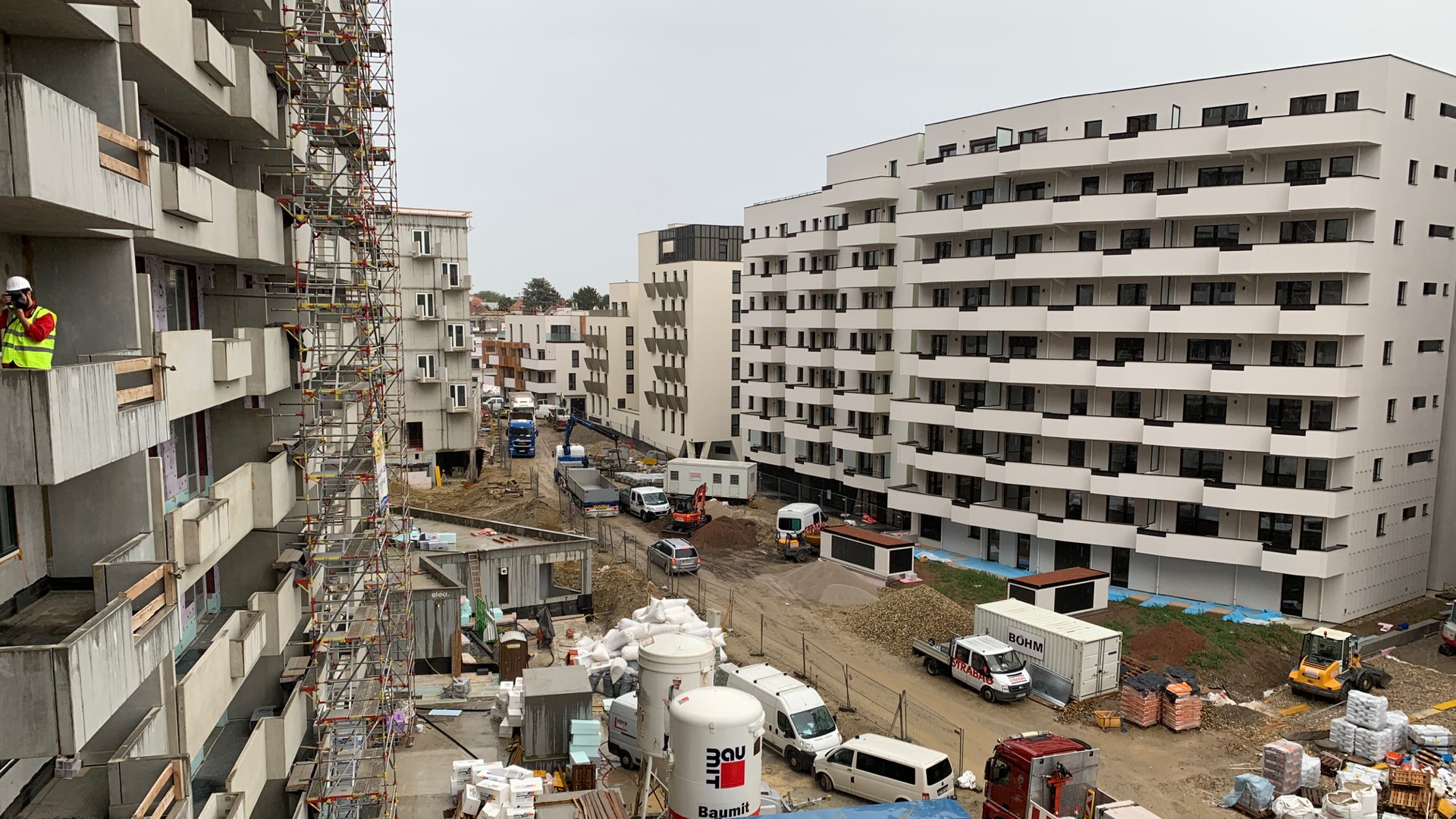
It was one morning in the summer of 2010. The phone rang in Amsterdam. A voice answered: “Harry Glück”. I was amused. Funny joker idea, I thought. Harry Glück himself, the father of Alt Erlaa and many Viennese residential buildings, who is now probably very old and whom I had never met, will probably not have called me. But the caller continued: “I heard about your concept ‘Biotope City, the city as nature’. This is very interesting. What do you think of it when we develop a project for it? Come to Vienna! Then we’ll keep talking. ” I was perplexed. It really was.
I had known his buildings for a long time from my explorations through Vienna. They are stubborn and bulky in the urban fabric – or sky-storming like Alt Erlaa further out. They stood out, they were different – and what I found particularly remarkable about many of them was that they had lush greenery. There are deep plant troughs on all storey levels across the entire width of the facade, not with geraniums and begonias, no, with perennials, shrubs, many of which are evergreen, hardy azaleas, rhododendrons, cherry laurel – plants that are otherwise only found in parks and gardens . The buildings don’t just look green in the summer, but also in the middle of winter. Here an architect understood that townspeople, too, long for plants, for the gazebo in the countryside! The parasols on the wide balconies, actually rather stacked terraces, suggest that their residents do not find it necessary to go outside into nature at the end of the day and on weekends. You have your garden paradise at home, in the middle of Vienna. And this architect had understood that working city dwellers and not so well-equipped pensioners are served more with a large plant trough directly at the apartment than with an allotment garden far out.
But the green invasion in Harry Glück’s buildings is not limited to the balconies. Inner courtyards are designed as car-free, richly planted oases, there are children’s playgrounds under fully-grown trees, which in terms of their size have certainly already been planted in considerable numbers. Since this is just as much a cost factor as the planting troughs on the balconies, the architect must have wrestled with the developers about it. It must have been important to him. He must have realised how important the experience of nature, however domesticated it may be, is for us human beings – even for us urban people. And Harry Glück recognized this long before our current enthusiasm for greenery. I have therefore always appreciated his work – even in times of popular rejection among architects, which was so diametrically opposed to the appreciation of residents.
The question arises: How does an architect arrive at such an attitude that is so untypical for his profession? Generally speaking, the large urban housing complexes of the last century, whether in Vienna or elsewhere in Europe, are not exactly characterised by a particular interweaving with greenery. They are generally bare stone deserts with uninviting outdoor areas, in which no blade of grass grows (unless hidden as a sign of neglect) and is not supposed to grow – at best as a short-shorn lawn.
The Glück-Bauten are, as in many other respects, an exception. Perhaps this is the consequence of the fact that Harry Glück, coming from the theatre, was a lateral entry into architecture in a certain sense. Every education brings with it a narrowing of the view, and if one often speaks of being an idiot, this is certainly also justified for architects and urban planners. At many academies and universities, their training is mainly limited to formal design – although it is precisely these disciplines that should be a melting pot of knowledge from other scientific fields and those of the human sciences should be part of their basic knowledge.
Harry Glück, on the other hand, has never restricted his thinking to architecture in the narrower sense. He took his task as a designer of the urban environment in which people must stay and feel comfortable seriously. He looked around the scientific disciplines that deal with people. He interested outstanding ethologists and biologists of his time, such as Irenäus Eibl-Eibesfeldt, Hans Hass and Bernd Lötsch, for himself and his work, in order to find out, in discussion with them and their expert knowledge, what the essentials are for the living environment of human beings: what human nature demands, even today, what the basic requirements are that must also be guaranteed in an urban setting. Green, nature, as well as water, belong in the first place. And so Harry Glück’s residential buildings have a swimming pool on the roof and as much green as possible outside and on the balconies.
Prime examples are the residential complex Inzensdorfer Strasse with its lush terraces, the terraced house in Arndtstrasse, the residential park Wilhelmsdorf with its beautiful birch grove inside, as well as the extensively greened Heinz Nittel-Hof – and of course Alt Erlaa, where the stacked terrace gardens rise up to the 13th floor. The buildings are popular, the swimming pools are intensively visited, the plant troughs are literally tended to everywhere, and indeed: one takes a holiday on the balcony. And last but not least, these buildings are also appreciated by property developers: because of the low fluctuation of tenants and the low maintenance costs.
It was Harry Glück’s vision to make social housing at the standard of the housing preferences of higher income groups a reality with these urban green terrace houses. To quote him: “Those privileged by property or power live and reside identically all over the world, only with climate-related differences: in contact with nature, near water, with the possibility of social contact.”.
Meanwhile, however, Harry Glück’s central concern moves in an even broader, even more existential context. While 40 years ago the question was: “What does man need in order to live well in the urban world,” today’s answers must be found globally and on a massive scale under changing environmental conditions.
Even the most cautious forecasts predict global population growth of at least 50% for this century; moreover, in a few decades people will be living almost exclusively in cities. What does this mean? What must humanity do to ensure the conditions for its survival? Climate change, extinction of species, scarcity of raw materials are the issues that concern us today. The rapidly growing population of the globe with the successful species homo sapiens sapiens is constantly exacerbating environmental problems. The contribution that cities make to this aggravation is enormous. On the agenda of every politician, urbanist, architect and citizen should therefore be the question: “What can we contribute in our respective fields of expertise, with our daily actions, to mitigate and, as far as possible, absorb the threatening developments? However, the demand for sustainability is often asked in a very general way or then again in a very detailed way, and most answers refer to clearly defined areas. Comprehensive perspectives for a different urban living environment adapted to the new conditions rarely emerge.
With their greenery avant la lettre, the Glückbauten point to a strategy that is important in several respects: plants offer an efficient – and at the same time cost-effective – mitigation of the problems that our urban deserts, the cities, are increasingly having to contend with. Leaf green from trees, on roofs and on house walls can reduce temperatures enormously during hot summer periods; differences of 3 to 13 degrees have been measured. Various research institutions have presented their findings. However, chlorophyll can do more than that: by ‘breathing’ through the leaves, it binds fine substances, which are then released into the sewage system during the next rainfall, thus purifying the air – and saving lives in the process: the high number of deaths from particulate pollution has just been corrected upwards again. But there is more: the water overload of the now so frequently occurring torrential rain, which leads to flooding because the sewerage systems are not calculated for it, is slowed down and at the same time reduced by the plant growth. And last but not least, the feast for the eyes of the green is good for body and soul: people recover faster when they can look at green, depressions are alleviated, people become calmer and more balanced. Bringing nature into the city, greening buildings is a simple measure – if it were a simple measure, it has to be said that most of the architects did not still have modernist architecture in mind, which demands a sharp distinction between green and architecture. The important contribution that urban green can make to our future is largely negated. Architects continue to place bare buildings in a petrified environment that turns into “urban heat islands” during the warm periods of the year. “Green facades obstruct the view of the architecture,” is an often heard objection from this side.
Harry Glück never took such a position. His architecture of integrating greenery into buildings has always placed the well-being of the residents first, not architectural form as an absolute factor. His interest in the concept of Biotope City, in the idea of the dense city as nature, shows his alertness and openness to the new comprehensive challenges to structure and form that our cities face today. Biotop City – the city as nature’ is the logical continuation of what has been a central theme of his work over the past four decades.
Reason enough for me to happily accept Harry Glück’s invitation and fly to Vienna. Inspired discussions and project considerations followed – and finally even half a move from Amsterdam, of course to a ‘Glück-apartment’. The first product of our joint considerations, a residential castle at the Altmannsdorfer Dreieck, completely greened on all sides, was, of course, under the strict Viennese approval procedures a step to far into the green future: its vertical green felt victim to the fire regulations. But Harry Glück, clever and persistent as always, was not discouraged, and the second project is now in the starting blocks: a whole BIOTOP CITY of about 1,000 apartments, a school, kindergartens, local shops and of course the obligatory swimming pools on the roof – located on the Wienerberg, a contrast to Wienberg City on the other side of the street, one of the sins of architects and investors, one also can find in Vienna. By this Project, the ‘Biotope City Wienerber. has the course been set for a new urban development and a new architecture that will meet the challenges of the future.
Post scriptum summer 2020: Meanwhile, the Biotope City Wienerberg is almost finished. End of this year all residents wil have moved in – then, it wil take another one to three years untill all buildings will be enbedded in green: trees, gardens, no cars, and will be estendedly show green on the roofs and the façades. The Internation Building Exhibition Vienna 2022 (IBA 2022) has already chosen this project as possible pilot one. You can find extended information about the project on a booklet edited by the IBA, online version on the site of Biotope City Journal, with the title ‘Hidden Treasures’
This article is published in a Monography of the work of Harry Glück and his buildings, edited by Reinhard Seiss (Hg.), Harry Glück. Wohnbauten Müry. Salzmann Verlag, Salzburg, 2014
